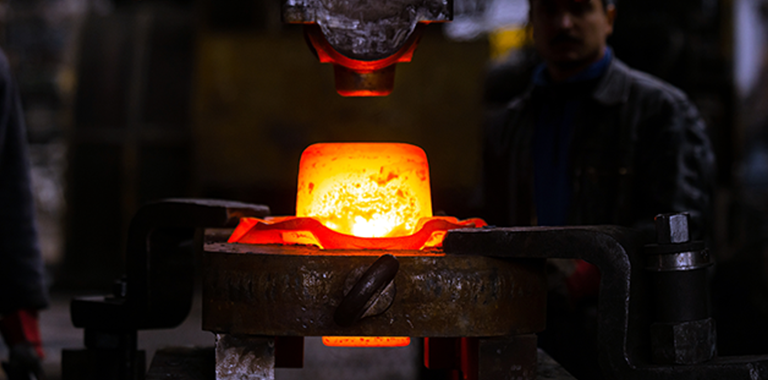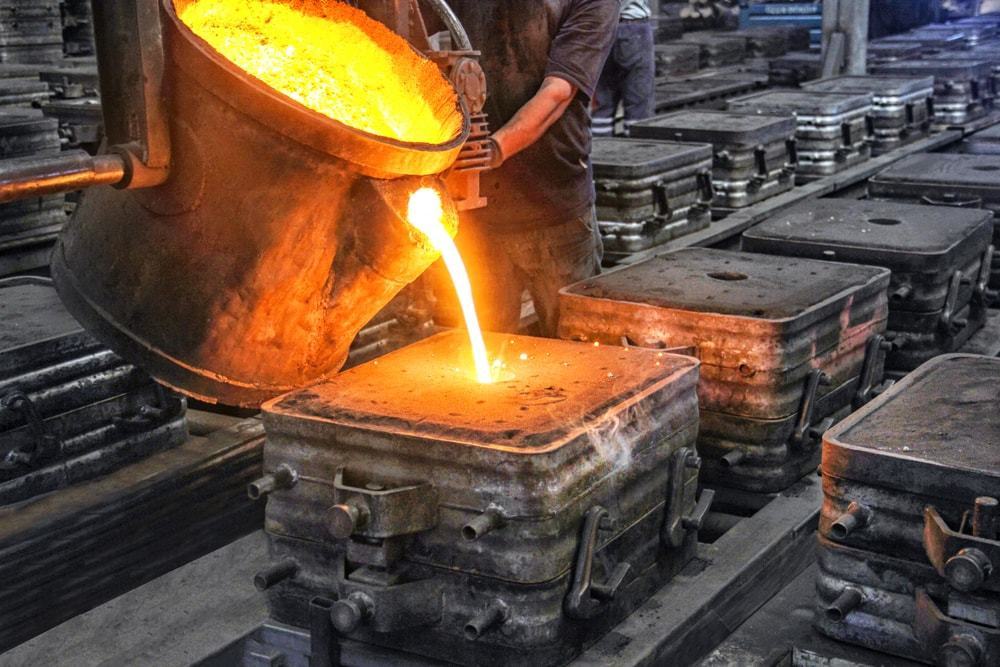
In the realm of manufacturing, two prominent techniques stand out: forging and casting. Both processes are used to shape metals into desired forms, yet they differ significantly in their methods and applications. Understanding the comparative advantages and disadvantages of forging and casting is crucial for selecting the most suitable manufacturing technique for a given application.
Forging involves the application of compressive forces to deform metal into the desired shape. It is renowned for producing parts with superior strength, enhanced mechanical properties, and excellent structural integrity. The inherent grain structure of forged parts aligns along the contours of the component, resulting in increased toughness and resistance to fatigue and impact. Furthermore, forging enables precise control over dimensions and tolerances.

Superior Strength: Forged parts exhibit higher strength and toughness compared to cast components, making them suitable for applications subjected to heavy loads and high stress.
Enhanced Mechanical Properties: The forging process refines the microstructure of metals, improving properties such as hardness, ductility, and wear resistance.
Structural Integrity: The absence of porosity and internal voids in forged parts ensures superior structural integrity and reliability.
Precision and Tight Tolerances: Forging allows for precise control over dimensions and tolerances, resulting in components with consistent quality and fit.
Cost: The initial setup costs for forging equipment and tooling can be higher compared to casting, particularly for small production runs.
Complexity: Complex shapes and intricate designs may pose challenges in the forging process, requiring careful consideration of part geometry and die design.
Forging finds extensive applications in industries such as automotive, aerospace, defense, and heavy machinery, where strength, reliability, and performance are paramount. Components such as crankshafts, connecting rods, gears, and aerospace structural parts benefit from the superior properties imparted by the forging process.
Casting involves pouring molten metal into a mold cavity, where it solidifies and takes the shape of the mold. This process offers versatility in producing complex shapes and intricate designs with relative ease. Casting is known for its cost-effectiveness, especially for large-scale production runs, as it eliminates the need for expensive tooling and equipment associated with forging.

Versatility in Shape and Design: Casting allows for the production of complex shapes and intricate details that may be challenging to achieve through forging.
Cost-Effectiveness: Casting is often more economical for large production runs, as it requires minimal initial investment in tooling and equipment.
Reduced Material Waste: Casting minimizes material waste compared to forging, as excess material can be recycled and reused in subsequent casting processes.
Shorter Lead Times: Casting processes typically have shorter lead times compared to forging, making them suitable for rapid prototyping and mass production.
Lower Mechanical Properties: Cast parts generally exhibit lower mechanical properties, such as strength and toughness, compared to forged components.
Porosity and Inclusions: Casting may result in porosity, inclusions, and other defects that can compromise the integrity and reliability of the final part.
Dimensional Accuracy: Casting processes may have limitations in achieving tight dimensional tolerances and surface finishes, especially for intricate geometries.
Casting finds widespread applications in industries such as automotive, marine, construction, and consumer goods, where complex shapes and cost-effective production are prioritized. Components such as engine blocks, cylinder heads, pump housings, and decorative elements benefit from the versatility and affordability of casting processes.
Both forging and casting offer distinct advantages and disadvantages, making them suitable for different manufacturing scenarios. For further inquiries about how we can assist with your forging or casting needs, please reach out to us. Our team of experts is dedicated to providing tailored solutions to meet your manufacturing requirements efficiently and cost-effectively.